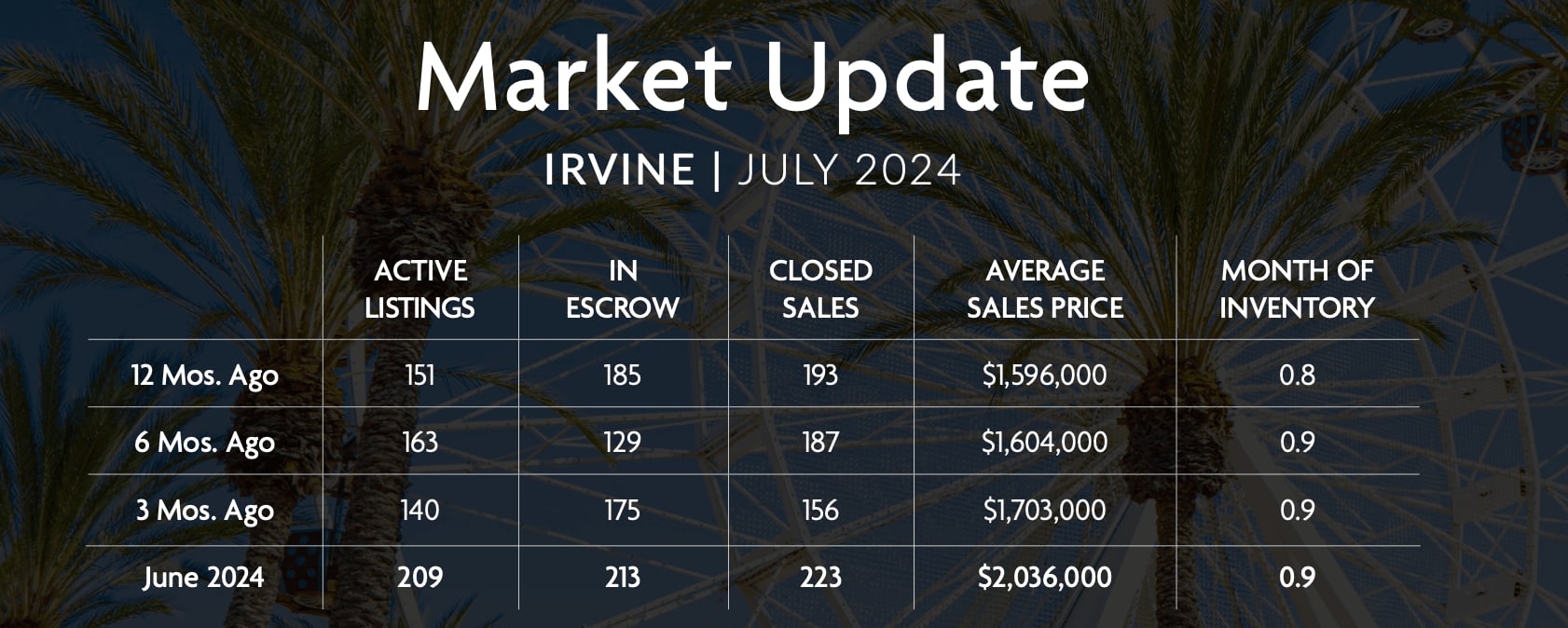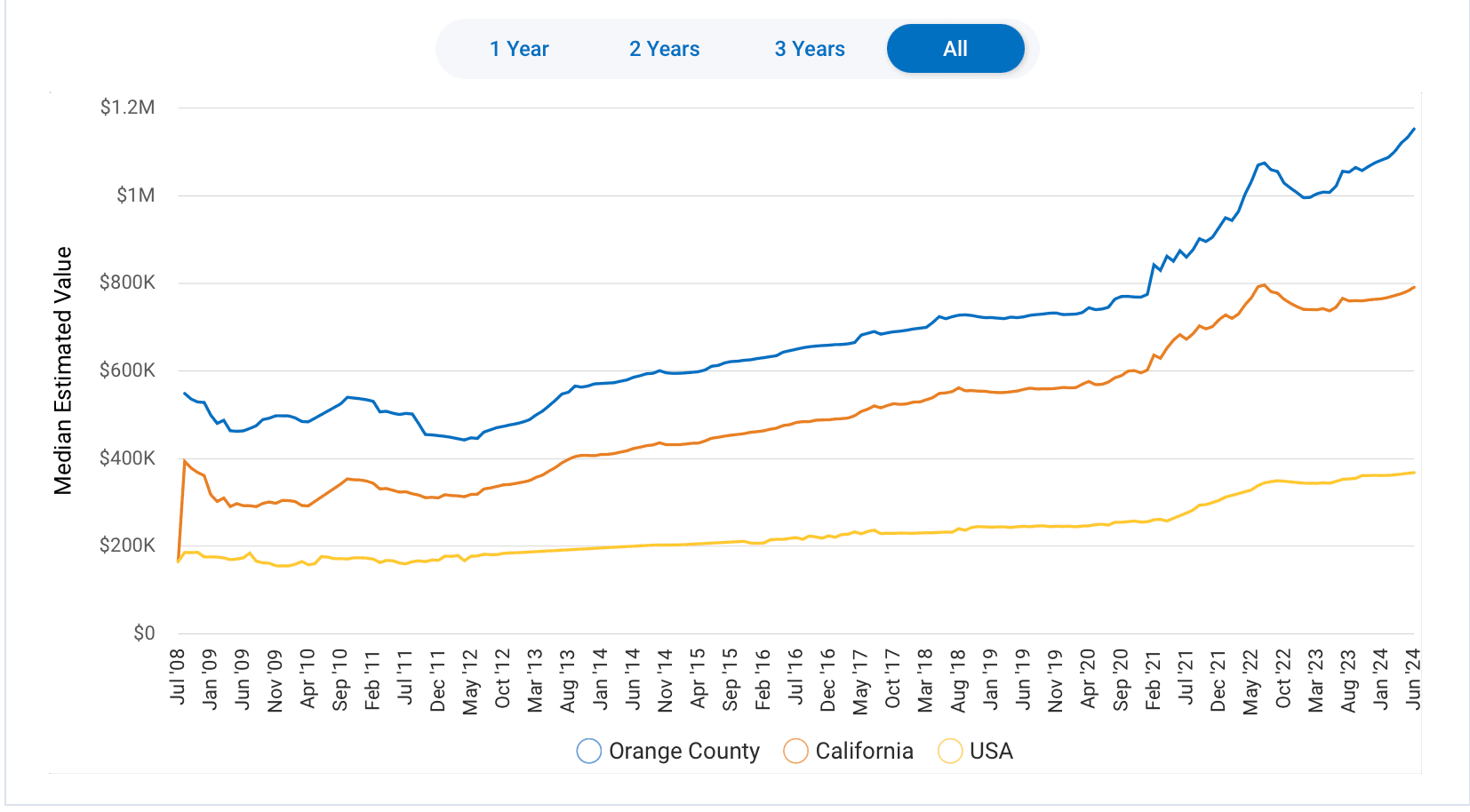The real estate market is currently trending towards a "neutral" market, as evidenced by an increase in listings, the bell curve, and buyer pushback on properties that aren't in top condition. This shift indicates a balance between buyers and sellers, resulting in more competitive pricing and negotiations.
Year over year, we've seen a decrease in the days properties stay on the market, driving continued high demand for homes in prime condition. Buyers are prioritizing well-maintained properties, leading to swift transactions for these top-tier listings.
However, buyers have regained leverage on properties that fall short of top condition, creating micro-markets of high intensity and high velocity within the Orange County area. These micro-markets are characterized by rapid sales and competitive pricing, making them a focal point for astute buyers and sellers.
Despite the lure of sub-5% interest rates, sellers are still listing their homes, driven by life changes, financial decisions, job transfers, and other lifestyle shifts. This influx of new listings is providing buyers with a broader selection of properties to choose from, enhancing their purchasing power and options.
There's a lot of talk right now about the market's current state and the future of home prices. While I'll provide the latest forecast, one thing is certain: inventory is rising. This increase is largely due to affordability constraints felt by many, though prices aren't dropping significantly. Instead, they've adjusted to a more normal trajectory, with some markets experiencing stagnant or plateaued pricing.
While home prices are still appreciating in most areas, they’re climbing at a slower pace because higher mortgage rates are putting a squeeze on buyer demand. At the same time, the supply of homes for sale is growing. That means buyers have more options and your house may not stand out as much, if it’s not priced right.
Check our video here with our partner lender and economist guru
Those two factors combined are why the asking price you set for your house is more important today than it has been in recent years.
And some sellers are finding that out the hard way. That’s leading to more price reductions. Mike Simonsen, Founder and President of ALTOS Research, explains:
“Looking at the price reductions data set . . . It all fits in the same pattern of increasing supply and homebuyer demand that is just exhausted by high mortgage rates. . . As home sellers are faced with less demand than they expected, more of them have to reduce their prices.”
That’s because they haven’t adjusted their expectations to today’s market. Nationally, forecasts predict an average price increase of around 2.8%, with many experts, including Fannie Mae, the Home Price Expectation Survey, MBA, and Goldman Sachs, projecting growth between 3% and 5%. This indicates a shift towards a healthier, more sustainable price appreciation, in contrast to the rapid increases seen in recent years.
Looking ahead, the confluence of increased inventory and the potential for lower interest rates in the Fall and Winter seasons is expected to result in a high level of sales activity, carrying this momentum into 2025. This environment presents a prime opportunity for both buyers and sellers to achieve favorable outcomes.






